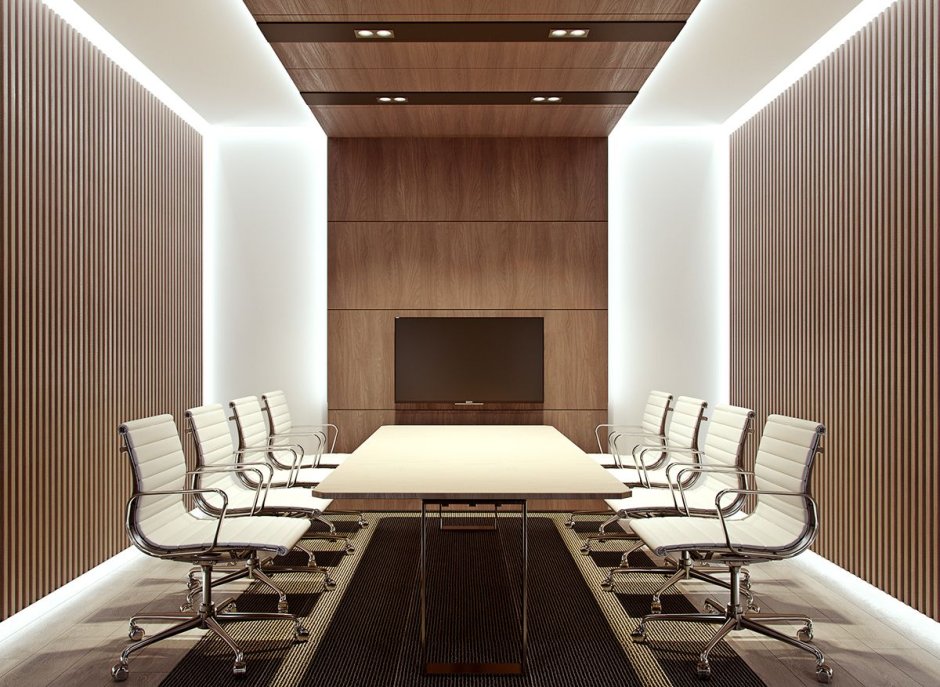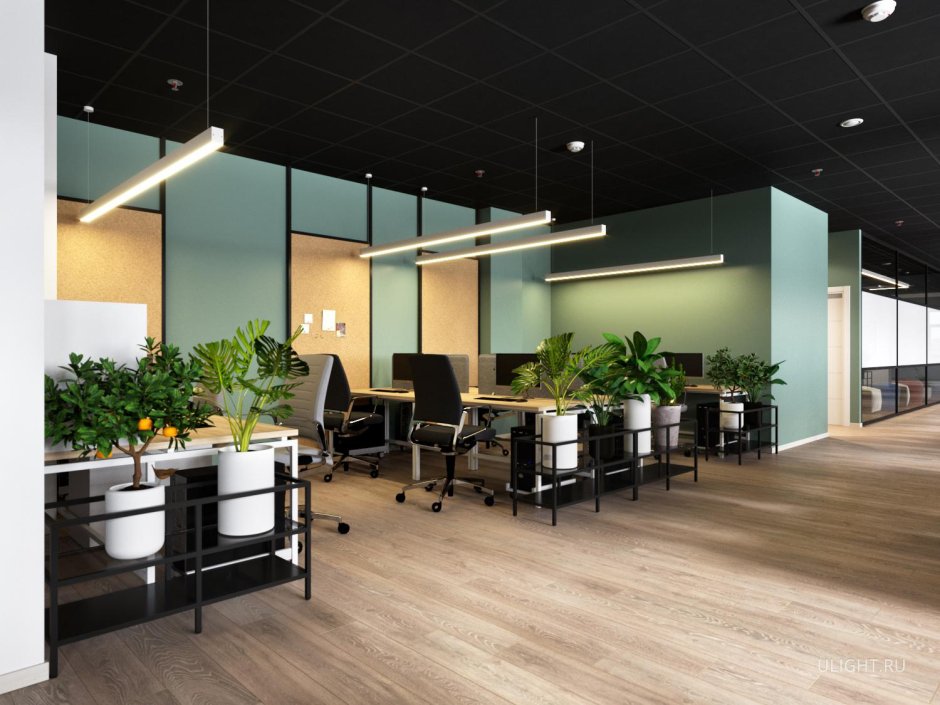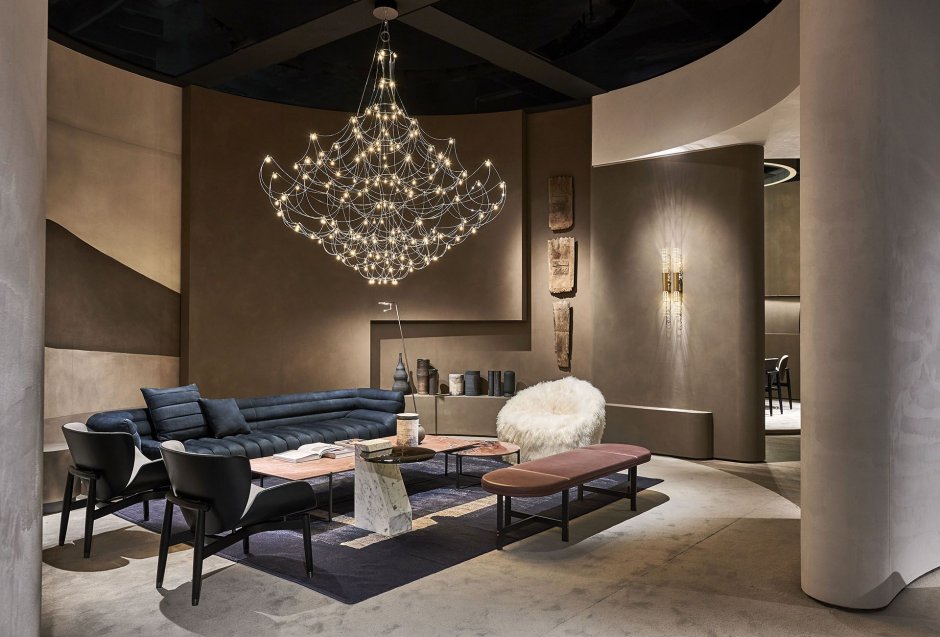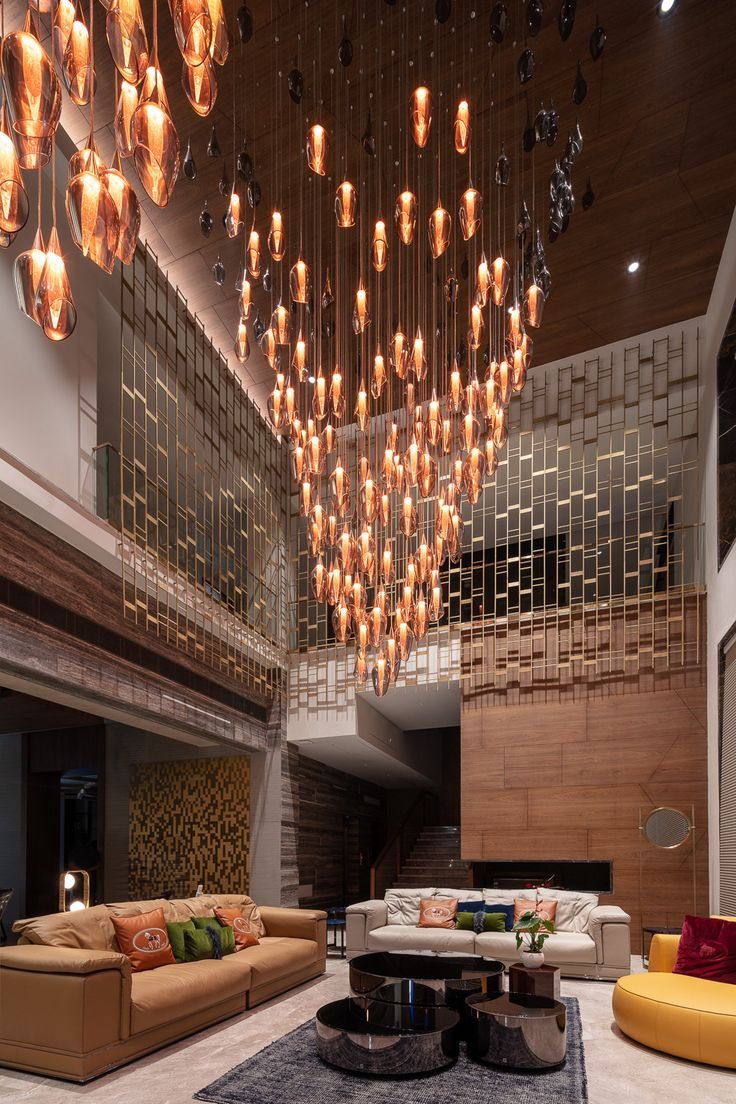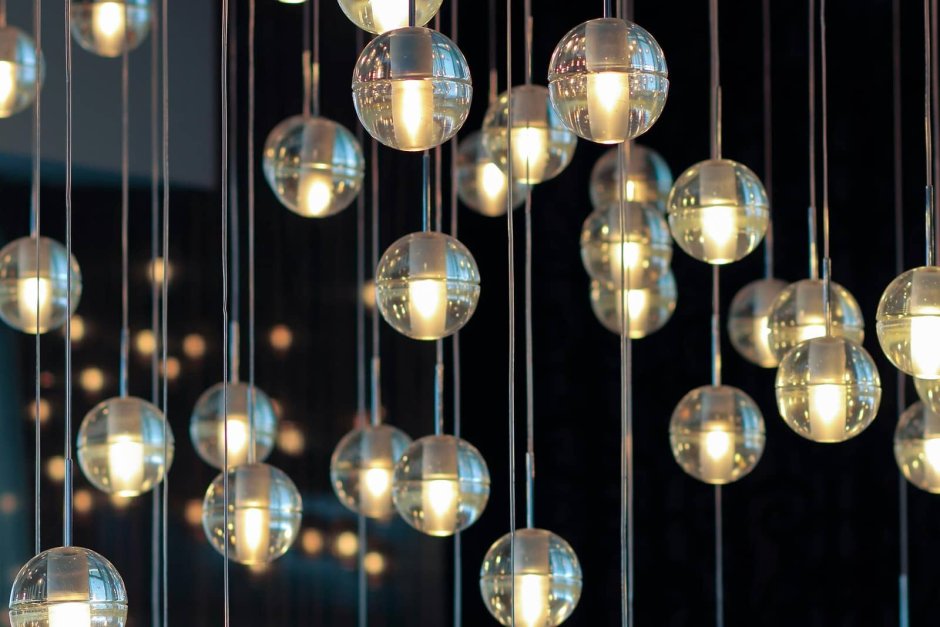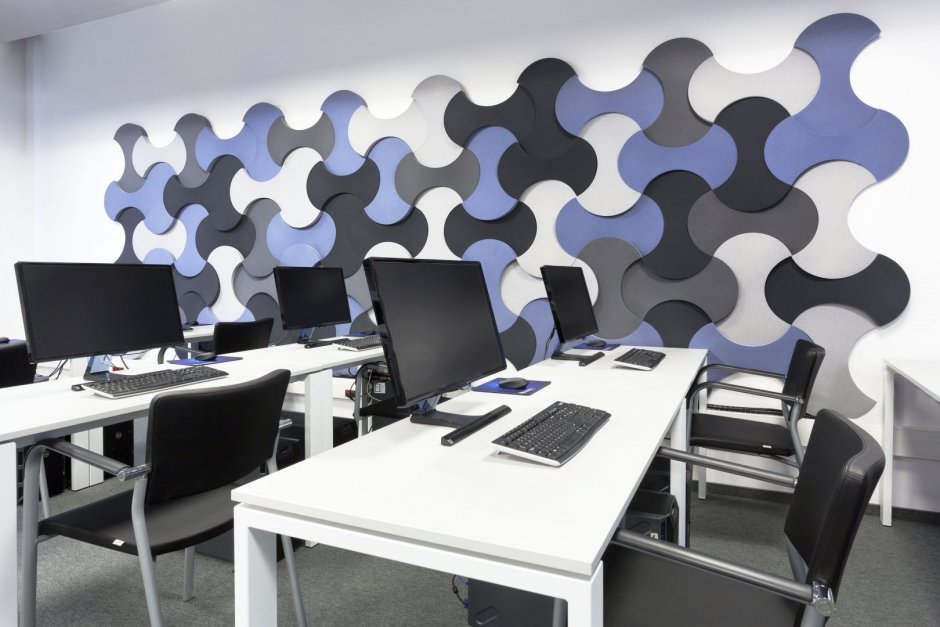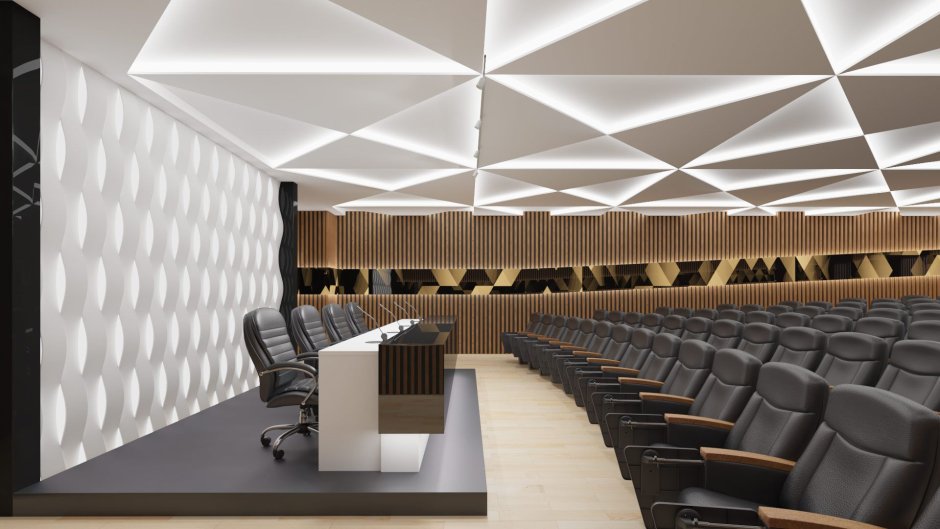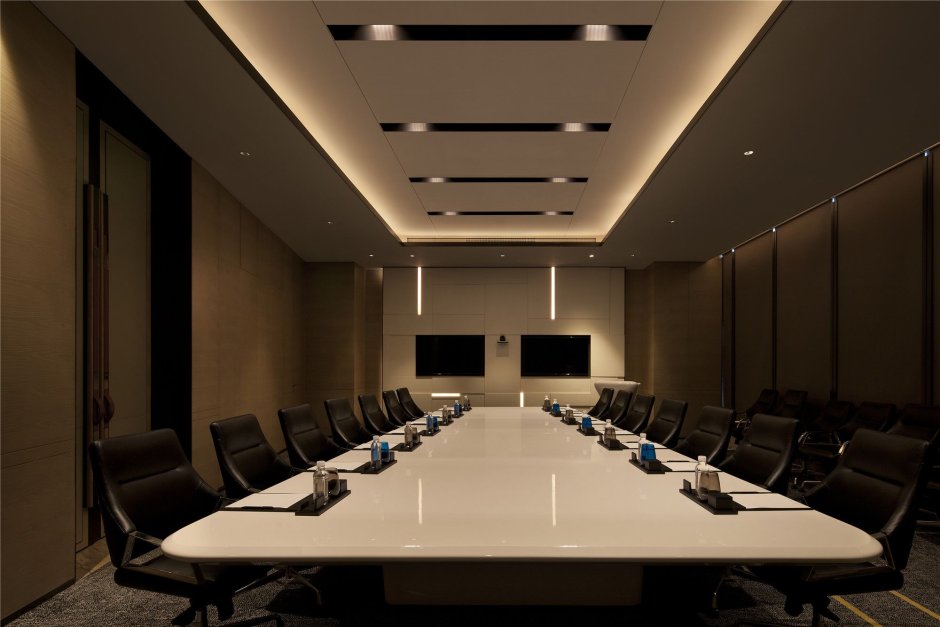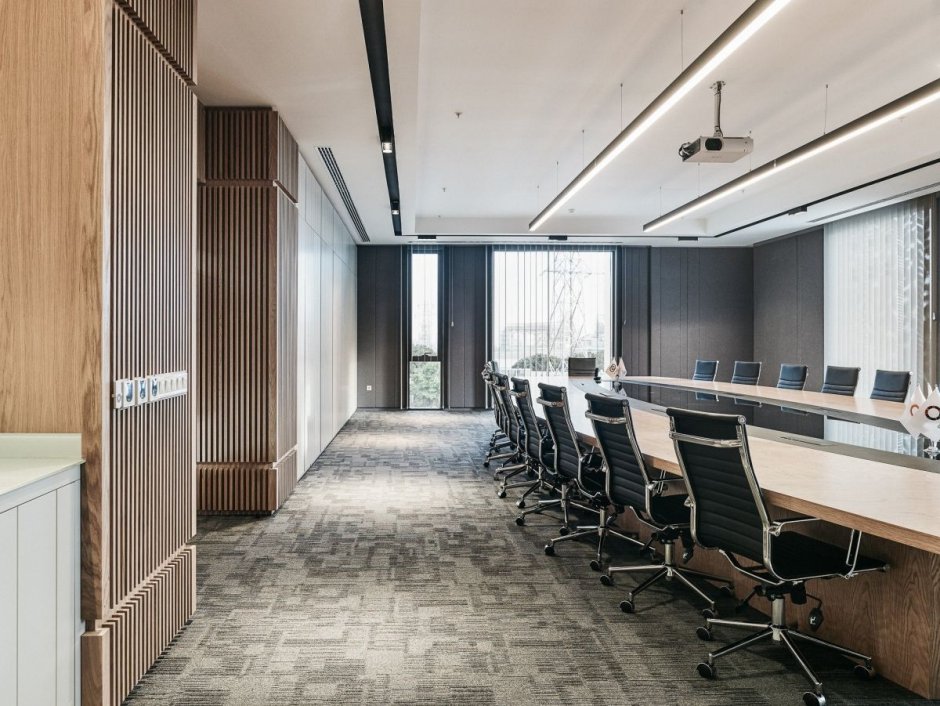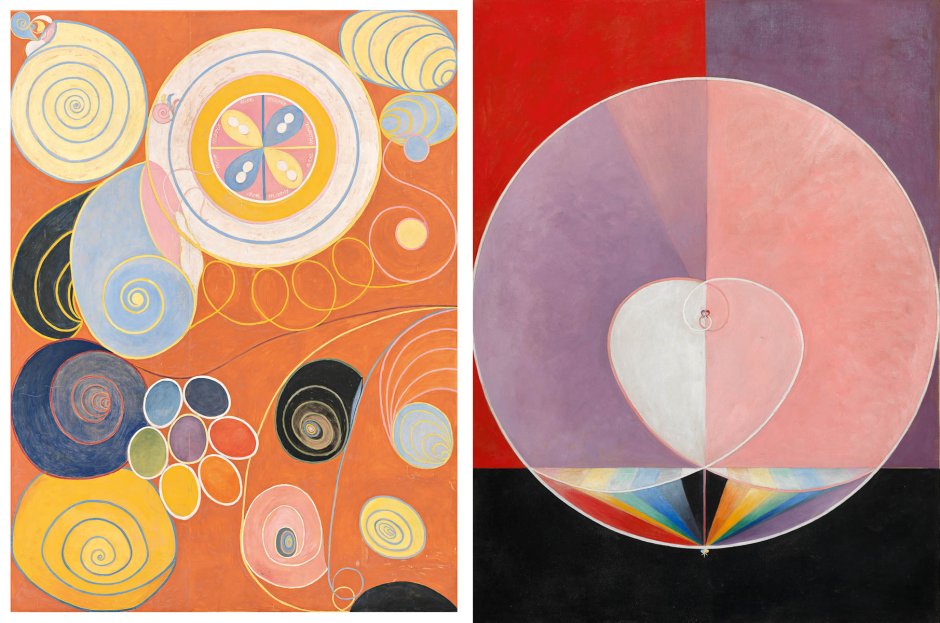Conference room lighting design
Creating the perfect ambiance in a conference room is crucial for productivity and engagement. One key element that often gets overlooked is lighting design. The right lighting can significantly impact the overall atmosphere, ensuring that participants feel comfortable and focused.
When it comes to conference room lighting design, there are several factors to consider. First and foremost, the type of lighting used plays a vital role. Natural lighting is always preferred whenever possible as it helps create a warm and inviting environment. However, when natural light is limited, artificial lighting options become essential.
A well-designed lighting system should provide adequate illumination without causing glare or shadows. This can be achieved by using a combination of ambient, task, and accent lighting. Ambient lighting sets the overall brightness level of the room and can be achieved through recessed lights or pendant fixtures. Task lighting, on the other hand, is focused lighting that illuminates specific areas such as presentation boards or workstations. Lastly, accent lighting adds visual interest and can be used to highlight artwork or architectural features within the room.
Additionally, dimmable lighting fixtures are highly recommended as they allow for flexibility in lighting levels. This feature is particularly useful during presentations or video conferences when different lighting intensities may be required.
Another aspect to consider is the color temperature of the lighting. Warm white lighting (around 2700K-3000K) creates a cozy and inviting atmosphere, while cool white lighting (around 4000K-5000K) promotes focus and concentration. It is important to strike the right balance between the two, depending on the purpose of the conference room.
Furthermore, integrating smart controls into the lighting system can enhance user experience and energy efficiency. With customizable settings, users can easily adjust the lighting according to their needs, whether it's for a formal meeting or a brainstorming session.
In conclusion, conference room lighting design is an essential factor in creating a conducive environment for productive meetings. By considering factors such as natural lighting, various types of artificial lighting, dimmable fixtures, color temperature, and smart controls, one can achieve a well-balanced and visually appealing space that fosters collaboration and engagement. So, don't underestimate the power of lighting when it comes to designing your conference room!
